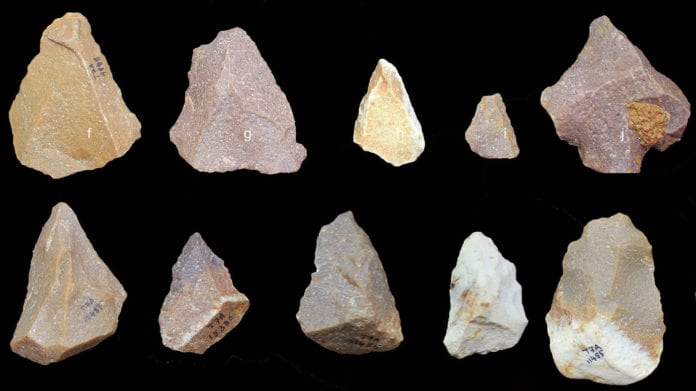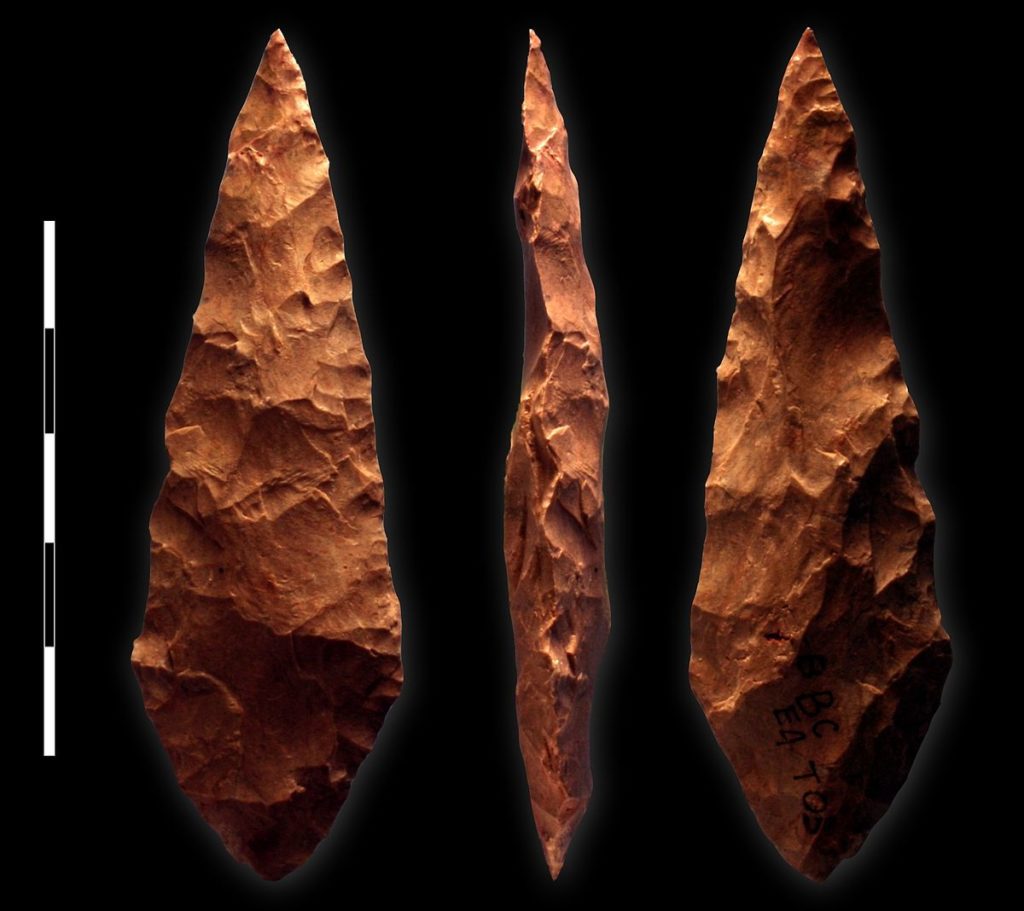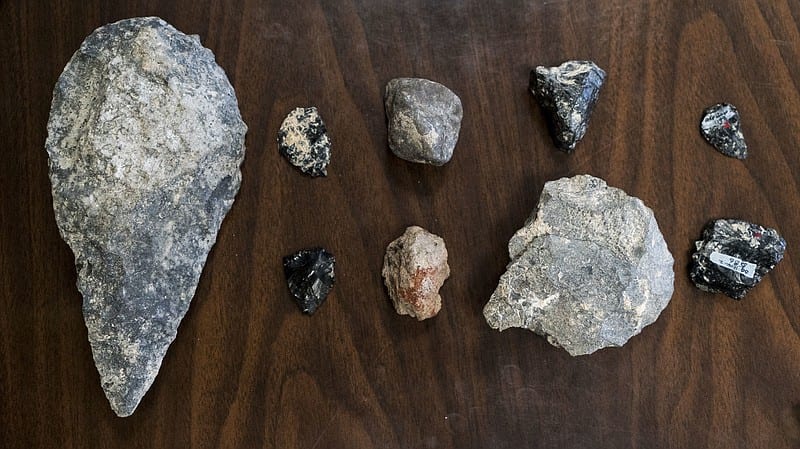
Humans are one of the most resilient species alive today. Other than germs and bacteria, no other animal has such an extended footprint on this planet. We have built our homes in some of the most unwelcoming locations on Earth. This is undoubtedly impressive for a species that is lacking in physical strength. Our ability to create environments anywhere that can support us is unparalleled. This ability, however, is only a small part of our adaptability. Therefore, it is an interesting question to ask, where do we get this adaptability from?

This question might have an even deeper meaning than what you can see on the surface. Researchers think that human evolution has been highly influenced by the external factors that can influence our health. This makes adaptability a very important trait, not only for humans as a species but also for our evolution. And to answer these questions, researchers had to look towards Africa, unsurprisingly. Being the cradle of early humans, the continent and its geographical and atmospheric history could explain why we are the way we are. Recent studies have concluded that our evolutionary adaptations stem from our ability to adjust to environmental change.
In the artifacts that have been uncovered from a famed prehistoric site in Kenya, researchers have seen a marked shift in how early humans used and applied the resources available to them. The researchers have uncovered old implements from the Acheulean times, with the latest one being from 500,000 years old. These implements were big and generally oval-shaped. However, after that, there is a break of 180,000 years where there is no evidence from that period. However, 320,000 years ago, we again see implements being used, but they are small and easy to carry. This is middle stone-age technology. This gap, however, is too big.
To find out what happened during those 180,000 years, researchers turned to geology. They started digging up locations of interest to find out what the environment went through during that period. What they came up with was that around 400,000 years ago, there was a big shift in the ecology of the area. This is what probably made the larger herbivores extinct. The vegetation was just not dependable enough now. This is probably what sparked a marked shift in the technology that the early humans used.

As the environment changed, humans had to become more mobile, prompting them to adopt more mobile-friendly tools. This technology change is what we see at the end of the gap, with small and lighter tools being commonplace. This is perhaps one of the biggest examples of how the environment made us refine the technology, which in turn helped us become even more adaptable. This discovery could prove extremely useful as we are continuously faced with the fact that we are not living in certain times.
Further Reading:

